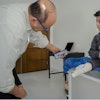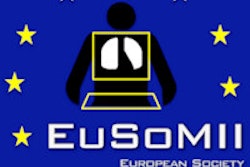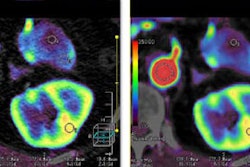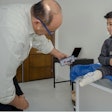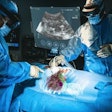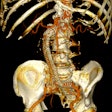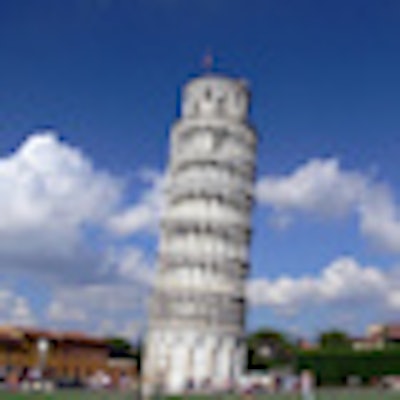
EuroPACS was founded in 1982 by a group of experienced researchers of computer applications in radiology. At that time, the concept of PACS was paramount, and there was no real hospital installation of such systems, but the founders of EuroPACS played a key role in identifying the paths of technological and clinical application of PACS, later followed by industry, leading to the almost complete digitization of diagnostic imaging.
The concept of RIS/PACS has now become reality at many hospitals. The focus of the scientific community has turned to exploring the integration of such systems into the radiological workflow. New frontiers of research into PACS functions include the Integrating Healthcare Enterprise (IHE) profiles, security, structured reporting processes, and the integration with postprocessing of 2D and 3D images and computer-assisted detection (CAD).
EuroPACS remains a scientific point of reference for the study of PACS integration processes in radiological practice, but it has also developed an interest in integration with other medical specialties using DICOM images, such as surgery, cardiology, and pathology. Now it is more appropriate to say that the core interest of EuroPACS is the workflow of storage, communications, and image processing/analysis of medical data.
All these topics are included in the scientific program of the annual meeting of the society, which takes place each year as part of the Computer Assisted Radiology and Surgery (CARS) international congress. The next CARS conference will be held in Pisa, Italy, on 27-30 June 2012.
Recently, the society has also developed a teaching program defined as the EuroPACS Academy, concentrating on how to use workstations. This learning program offers practical courses (hands-on), with direct training on workstations or mobile PC tablets, in various fields of clinical application.
The first course, titled "Tablets in Radiology: Challenges and Opportunities," took place on 4 November 2011 in Udine, Italy. Participants used an Apple iPad tablet, on which they could explore radiological resources on the Internet. They were also trained to read DICOM images and carry out 2D and 3D image processing. Instruction included direct interaction with and supervision by tutors.
The second course, titled "Clinical Applications of computer-aided diagnosis," will be held in Tehran in January 2012. It will have a similar course format, and over a period of two days, participants will be trained on CAD systems applied to CT and MRI. It will review colon, breast, and lung cancer cases.
Further courses are planned for 2012. Individuals can register for the courses directly on the society's website: www.europacs.org.
Dr. Neri is an assistant professor of diagnostic and interventional radiology at the University of Pisa, Italy, president of EuroPACS, and chair of the Radiology Informatics Committee of the Italian Society of Radiology.
The comments and observations expressed herein do not necessarily reflect the opinions of AuntMinnieEurope.com, nor should they be construed as an endorsement or admonishment of any particular vendor, analyst, industry consultant, or consulting group.
